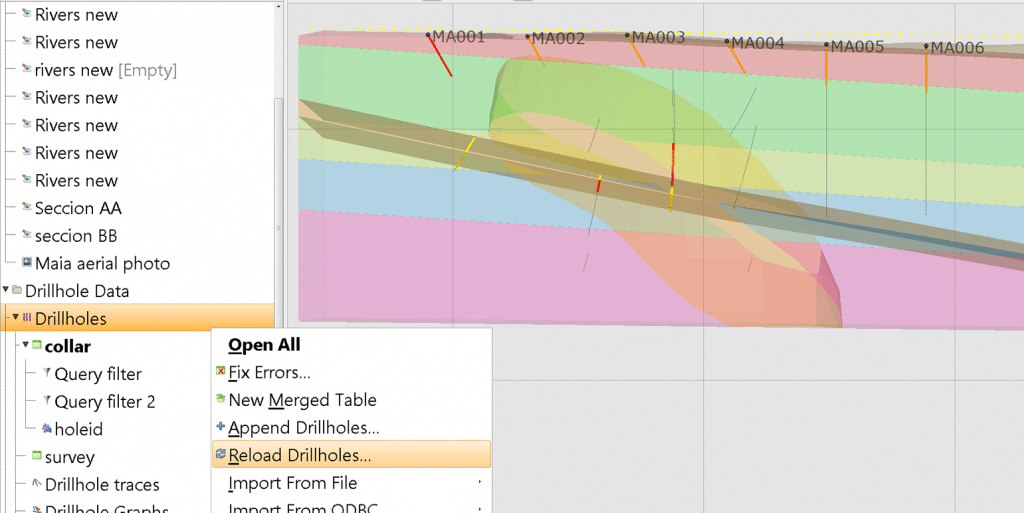

Durran, 2009: The overamplification of gravity waves in numerical solutions to flow over topography. A., 1994: Geostrophic adjustment and the finite-difference shallow-water equations. Sengupta, 2012: Solution of linearized rotating shallow water equations by compact schemes with different grid-staggering strategies. Lin, 2007: Finite-volume transport on various cubed-sphere grids. Rood, 1996: Multidimensional flux-form semi-Lagrangian transport schemes. Lin, S.-J., 2004: A “vertically Lagrangian” finite-volume dynamical core for global models. Richtmyer, 1956: Survey of the stability of linear finite difference equations. Randall, 2018: Impacts of the horizontal and vertical grids on the numerical solutions of the dynamical equations-Part 1: Nonhydrostatic inertia–gravity modes. Campana, et al., 1991: Recent changes implemented into the global forecast system at NMC. Konor, 2013: Optimized icosahedral grids: Performance of finite-difference operators and multigrid solver. Part II: A detailed description of the grid and an analysis of numerical accuracy. Randall, 1995b: Numerical integration of the shallow-water equations on a twisted icosahedral grid. Part I: Basic design and results of tests. Randall, 1995a: Numerical integration of the shallow-water equations on a twisted icosahedral grid. Warburton, 2002: Nodal high-order discontinuous Galerkin methods for the spherical shallow water equations. Randall, 2017: Total energy and potential enstrophy conserving schemes for the shallow water equations using Hamiltonian methods-Part 1: Derivation and properties. Ju, 2003: Constrained centroidal Voronoi tessellations for surfaces.

Tufo, 2014: A mass and momentum flux-form high-order discontinuous Galerkin shallow water model on the cubed-sphere. Marshall, 1999: A new treatment of the Coriolis terms in C-grid models at both high and low resolutions. Inaccurate schemes do not converge to the true solution with increases in resolution.Īdcroft, A. (f) The numerical solutions for the second-order accurate and zeroth-order schemes under different resolutions. (e) Comparison of scheme C with different signs of $ \epsilon $, and the true solution. Smaller distortion portions yield solutions that are closer to the true solution. (d) A different number of distorted cells in schemes B (blue) and C (yellow and red) result in deviate solutions. The conserving schemes with zeroth-order schemes have significant phase errors. (c) A comparison of the second-order scheme with the zeroth-order scheme A. A second-order scheme with different time integration schemes yields identical results with the maximum value of 1.0 while the zeroth-order ones have much reduced values. (b) Time integrations, Heun second-order, Runge–Kutta, Wick–Skamarock (WS) third-order Runge–Kutta, and leapfrog all yield the same solution at a resolution of 161 grid points. (a) The distribution of cell distortion $ \epsilon \left(x\right) $ in the x-direction with two different values of $ $ for scheme B. These challenges should be critical research topics in the future development of finite-volume global models. The conclusions can be applied to more complicated models.

The analysis and validation in this review are based on the shallow-water equation system. It provides an overview of how these challenges are met in a summary table. The paper discusses all the topic-related challenges by comparing the schemes adopted in well-known finite-volume-based operational or research dynamical cores. Among these requirements, this review focuses on one significant topic-the numerical accuracy over the entire non-uniform spherical grids. By far it is still challenging to build a high-resolution gridded global model, which is required to meet numerical accuracy, dispersion relation, conservation, and computation requirements. High-resolution global non-hydrostatic gridded dynamic models have drawn significant attention in recent years in conjunction with the rising demand for improving weather forecasting and climate predictions.


 0 kommentar(er)
0 kommentar(er)
